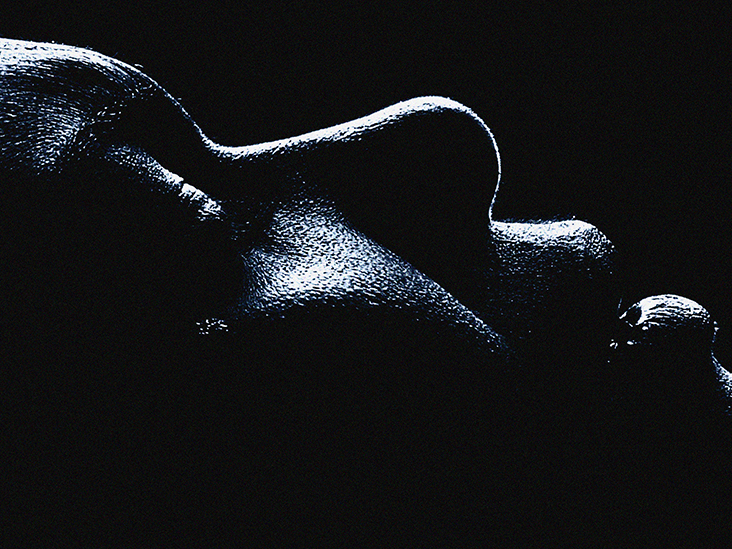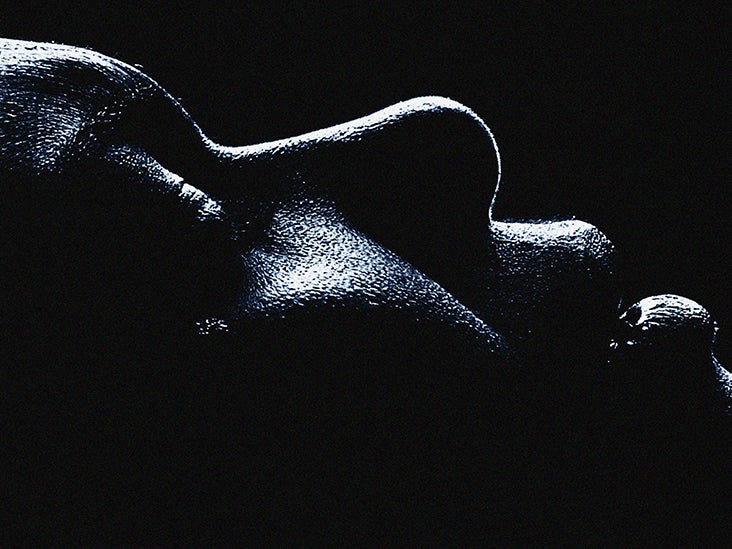

Internalized homophobia occurs when a person is subject to society’s negative perceptions, intolerance, and stigma toward people with same-sex attraction. They then turn those ideas inward, believing that they are true, and experience self-hatred as a result of being a socially stigmatized person.
Internalized homophobia happens when a person consciously or unconsciously accepts homophobic biases and applies these biases to themself. It can happen to anyone, regardless of sexual orientation, though most studies of internalized homophobia have looked at people who identify as lesbian, gay, or bisexual.
Internalized homophobia occurs as a result of the assumption that all people are or should be heterosexual. It is a form of oppression that excludes the needs, concerns, and experiences of LGBTQ+ people while giving advantages to heterosexual people.
In this article, we discuss why internalized homophobia occurs, how it can affect someone’s health, and how to get support.
Throughout the rest of this article, we will replace the term “homophobia” with “heterosexism.” The word homophobia places emphasis on the irrational fears of an individual rather than the systems in place that affect a person’s health.
Heterosexism is a very broad term that includes a range of behaviors. It can involve overt hatred of nonheterosexual people, as well as more subtle biases, such as the belief in stereotypes based on sexual orientation.
However, essentially, internalized heterosexism refers to the development of a negative view of one’s own and others’ sexual minority identities due to living in a heterosexist society.
Internalized heterosexism may result in a person:
- being unable or unwilling to acknowledge their own sexual orientation
- holding their same-sex partner to unreasonable standards rooted in heterosexist stereotypes
- feeling ashamed of their sexual identity or orientation
- trying not to behave in ways that they see as being consistent with heterosexist stereotypes
- refusing to acknowledge their same-sex partner publicly
- denying the role of heterosexism in LGBTQ+ oppression
- deriding or disliking people who proudly say that they have same-sex orientations
- believing that there is a right or wrong way to be a member of LGBTQ+ communities
- having a fear of being gay or others labeling them as gay
Evidence suggests that despite its name, homophobia is not a phobia at all. Rather, it is rooted in hostility, bias, and sexual stereotypes.
Moreover, the term is pervasive. It does not reside in the individual but in a broader society that dismisses people who do not identify as heterosexual and treats heterosexuality as the norm.
For these reasons, some advocates suggest using other terms, such as:
- Heterosexism: This term refers to the notion that heterosexuality is normal and the default, meaning that other identities and orientations are inferior or abnormal.
- Sexual prejudice: This term describes all forms of prejudice about sexual behavior and preferences and treats these attitudes as rooted in bigotry rather than fear.
- Antigay bias: It is important to acknowledge that antigay bias can affect a person’s behavior. For example, a person may not wish to tell others that they are gay because they have made a calculated decision to keep themself safe rather than because they have internalized heterosexism.
Nonheterosexual identities remain stigmatized. Suicide rates and mental health complications are high among people who are part of LGBTQ+ communities.
Even in a modern and more accepting society, antigay hate crimes remain common. A 2017 poll reported that many LGBTQ+ people in the United States experience some form of discrimination. In the poll, 51% said that they or a family member from the LGBTQ+ communities had experienced violence because of their sexual orientation.
Many people grow up exposed to antigay bias. As a result, they may fear the consequences of being gay or others viewing them as gay. They may unconsciously accept antigay bias or fear that acting in a “nonheterosexual way” might lead to rejection at work or school or in their family.
Given the high rates of violence and harassment affecting people among LGBTQ+ communities, it is understandable that some people may turn these ideas inward to protect themselves.
Some people may be more at risk of internalizing stigma due to certain factors, such as:
- Religious conservatism: Many conservative religions promote antigay bias. A 2018 study found that colleges with religiously conservative climates indirectly promoted internalized heterosexism by being less accepting of lesbian, gay, and bisexual students.
- Lack of social support: An unsupportive or hostile environment, which may involve widespread heterosexism, family rejection, or participation in an antigay community, may increase the risk of internalizing heterosexist views.
- Exposure to nonheterosexual identities: People with less exposure to nonheterosexual people may harbor more stereotypes, increasing their risk of internalized antigay bias.
Internalized heterosexism can affect a person’s health and well-being in many ways, including:
- Poor relationship quality: A
2009 analysis found that, even independent of other factors, internalized heterosexism predicted lower quality relationships among lesbian, gay, and bisexual couples. - Mental health complications: People who internalize antigay views
may experience depression. They may be anxious about their own or others’ sexual behavior or feelings. Evidence also notes that LGBTQ+ people use mental health services at a rate that is 2.5 times higher than the rate of the general population. - Chronic stress: A 2018 study that used daily diaries from same-sex couples found that those with higher levels of internalized heterosexism reported higher daily stress. Chronic stress can severely damage health and correlates with a higher risk of many health conditions.
- Sexual behavior: A 2017 study of Chinese gay and bisexual men found that those who internalized antigay bias were more likely to pay for sex or engage in sexually compulsive behavior. Substance abuse is also more likely among those who experience stigma or discrimination, and this can lead to unsafe sex practices.
- Concealment of identity: People who experience internalized antigay bias may conceal their orientation, which can make it difficult to have a relationship or feel safe. A
2017 study found that many young people do not feel comfortable reporting their sexual orientation. As a result, they may not be receiving comprehensive healthcare — for example, they might miss important screenings or risk assessments.
Some options for getting support may include:
- Finding a local LGBTQ+ community: College students may be able to find help on campus. LGBTQ+ bookstores, art houses, and community gathering spots may also be useful resources.
- Finding identity-affirming doctors, therapists, and other providers: Health Professionals Advancing LGBTQ Equality is a good place to find a clinician.
- Therapy: Attending therapy sessions with a therapist who specializes in stigma among minority populations may help with mental health complications.
- Friends and family: Some people may find support and compassion from partners, friends, or family.
- Support resources: Those who cannot access a community service or Gay-Straight Alliances club may find support online, such as from The Trevor Project, the It Gets Better Project, or The Matthew Shepard Foundation.
Some strategies for supporting LGBTQ+ colleagues, friends, and loved ones include:
- listening to and believing other people’s experiences
- accepting feedback and prioritizing being supportive and learning over defending one’s goodness and status as an ally
- avoiding any offensive humor, such as antigay jokes, that may make people feel uncomfortable
- speaking out when others make antigay statements
- fostering a diverse environment, where all views matter and marginalized groups’ opinions count
- learning about the unique challenges that members of LGBTQ+ communities face
It is important to understand that being an ally is an ongoing behavior, not a single decision. People should work through any internalized biases. If they have an impulse to disbelieve an LGBTQ+ person about their experiences, they should resist that impulse.
Internalized heterosexism, which people may refer to as internalized homophobia, occurs when a person accepts antigay biases and applies them to themself due to living in a heterosexist society.
Internalized heterosexism continues to be a problem, especially in unwelcoming communities where the rates of violence and harassment are high. It can also have negative effects on a person’s mental and physical health. However, many different support services are available.